Sand Creek Raw Milk Dairy Farm Tour
Our family has been consuming raw milk and cheese for a year now and I can’t rave enough about this milk. It is absolutely delicious and I use it to make kefir, butter and ice cream. As with anything else, we like our food unprocessed and milk is no exception. Why do we think raw milk is better than pasteurized?
- Most organic milk at our grocery store is from grain fed cows not grass fed ones
- Raw milk is BETTER for you. Up until our parents were born raw milk is what people drank. Raw milk contains vital enzymes, vitamins, beneficial bacteria and minerals which aid digestion and are mostly damaged during the pasteurization process. Some people with lactose intolerance really just have pasteurized milk intolerance and find they can tolerate raw milk just fine.
- Most milk in grocery stores, even organic, is Ultra High Temp (UHT) Pasteurized. My kefir grains cannot thrive in UHT milk as it is completely dead. UHT milk is made for shelf life and actually doesn’t need to be refrigerated – but we all probably wouldn’t buy it if it was just sitting on the shelf so that is why they sell it to us in the refrigerated section of the grocery store.
- Now that we drink raw milk I can really smell and taste the difference. It doesn’t smell cooked and nothing tastes better than raw milk with a cream top.
- We want to know what animals our milk comes from and that they are cared for properly and in a humane way.
Every state has their own laws and regulations concerning raw milk and in some states it is illegal to purchase raw milk. Thankfully that is not the case in Texas. In Texas, raw milk can only be sold on the farm (not even at a farmers market).
We recently did our ‘milk run’ and I spent some time interviewing Alysha Godfrey, the farmer’s wife, about her experiences running a raw milk dairy with her husband and five daughters.
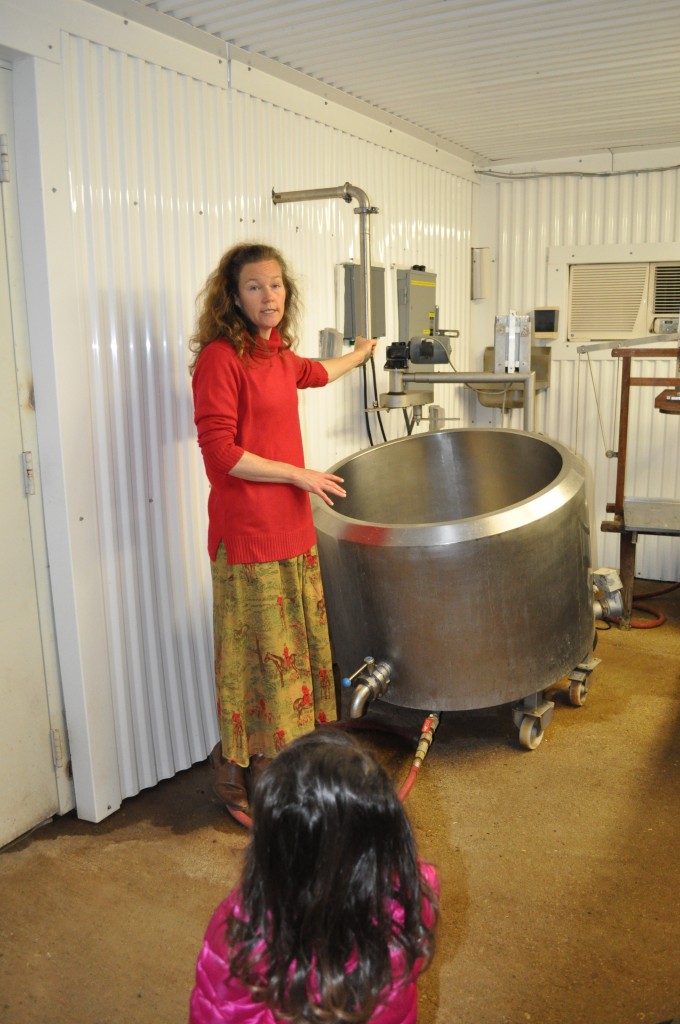
How did you get into farming?
We lived on 3 acres just outside of the city in a small subdivision, Ben owned a commercial construction company, I was a stay at home Mom. Out of the blue Ben said he thought we needed to move our family to the country so that we could raise some of our own food and raise our children with a good work ethic due to the nature of farm life. He also believed something was wrong with the mainstream food supply. The funny part about this is he has a business type degree and I have a degree in clinical nutrition; this “food issue” never occurred to me, but it did him.
Once we arrived on our small 20 acre farm he started with managing our grazing pastures for our work horses organically, he planted an organic orchard and an organic garden. He also added broilers and laying hens, later a couple of pigs. Along the way he decided he wanted raw milk and began looking for raw grass fed cow milk to purchase from someone else, there was none to be found. We bought a cow and invested heavily in our education of farming with books and seminars from the best teachers then available, Joel Salatin, Jerry Brunetti, Will Winters, The Weston A. Price Foundation and Jeffery Smith.
During this time we became the first dairy in Texas to have a license to sell raw cow milk directly to the consumer, we only had 3 cows. In 2006, with only 20 families to feed and 9 dairy cows, Ben kept his day job, and we bought our current farm and began an entirely new chapter of our lives. With 170 acres, a true milking parlor and a full time farm manager we began to expand. In 2009, our farm manager decide to rejoin the rat race to make a “real living” and Ben sold his company in town and came home to be a full time farmer, his dream life. Since then we have expanded the farm to be more diverse for sustainability and plan to expand even further with our aquaponics and high tunnel planting to extend produce growing seasons in 2012 and 2013.
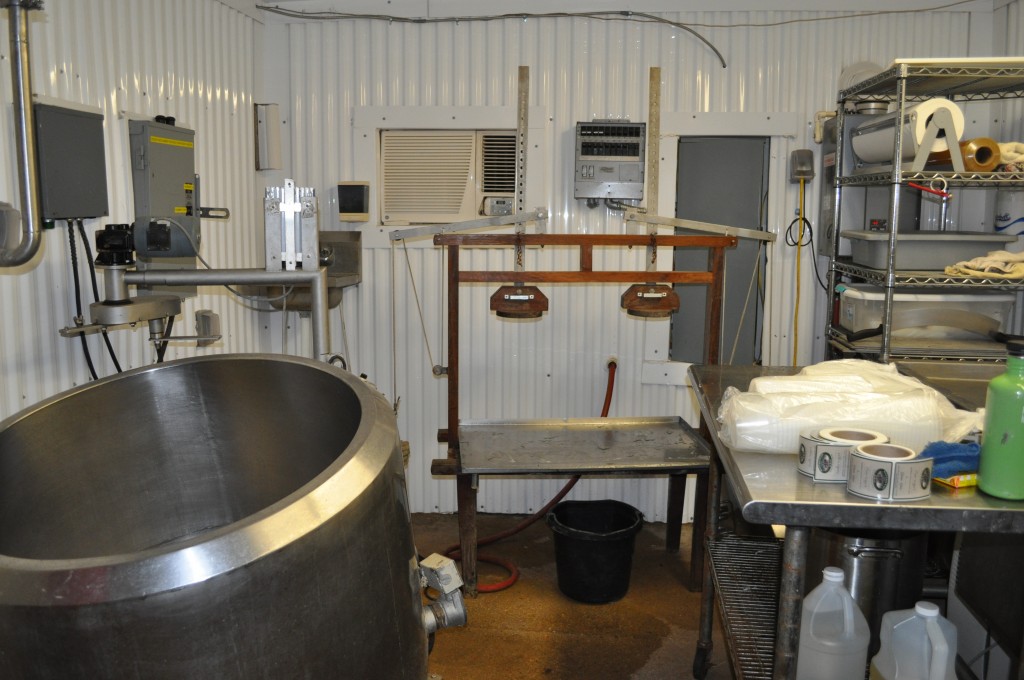
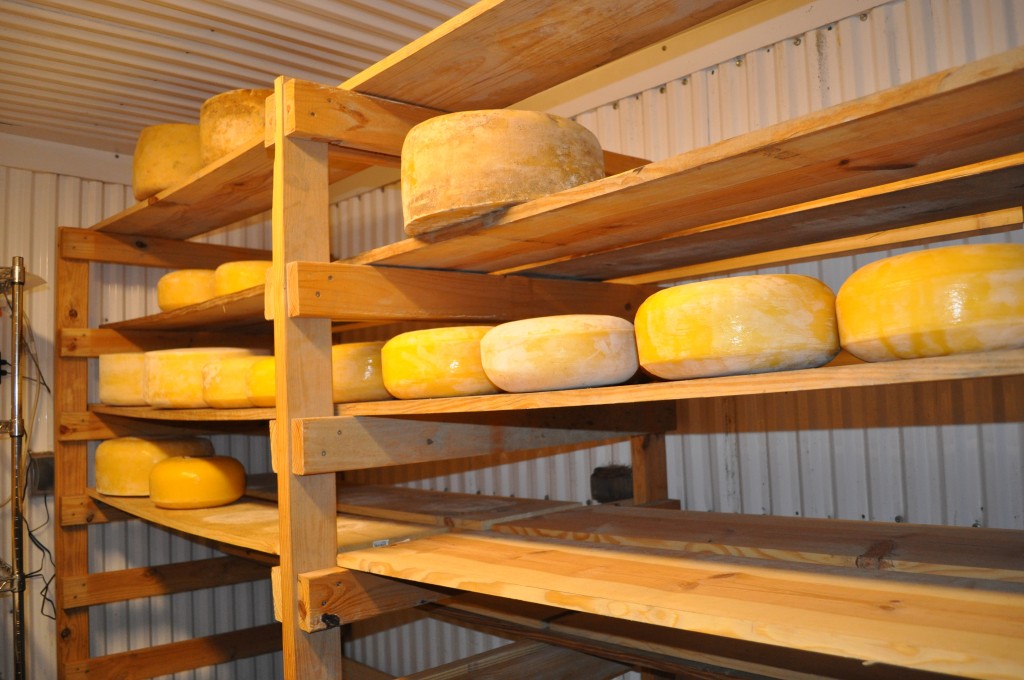
What do you love best about farming?
The independence that comes from the ability to provide food for yourself, family, friends, other families no matter what happens anywhere else in the world.
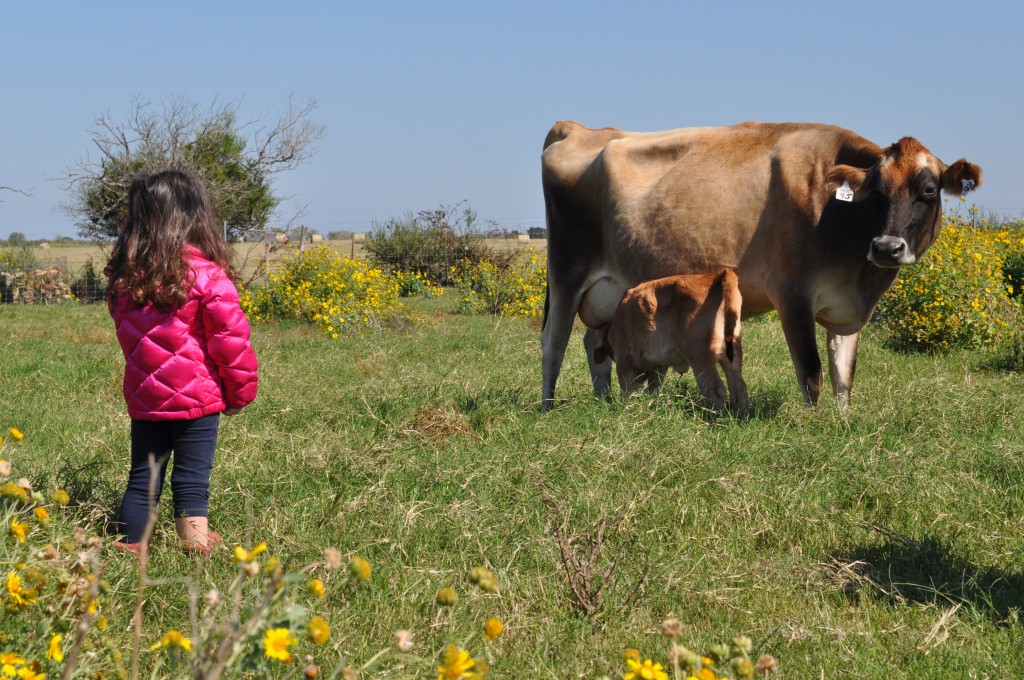
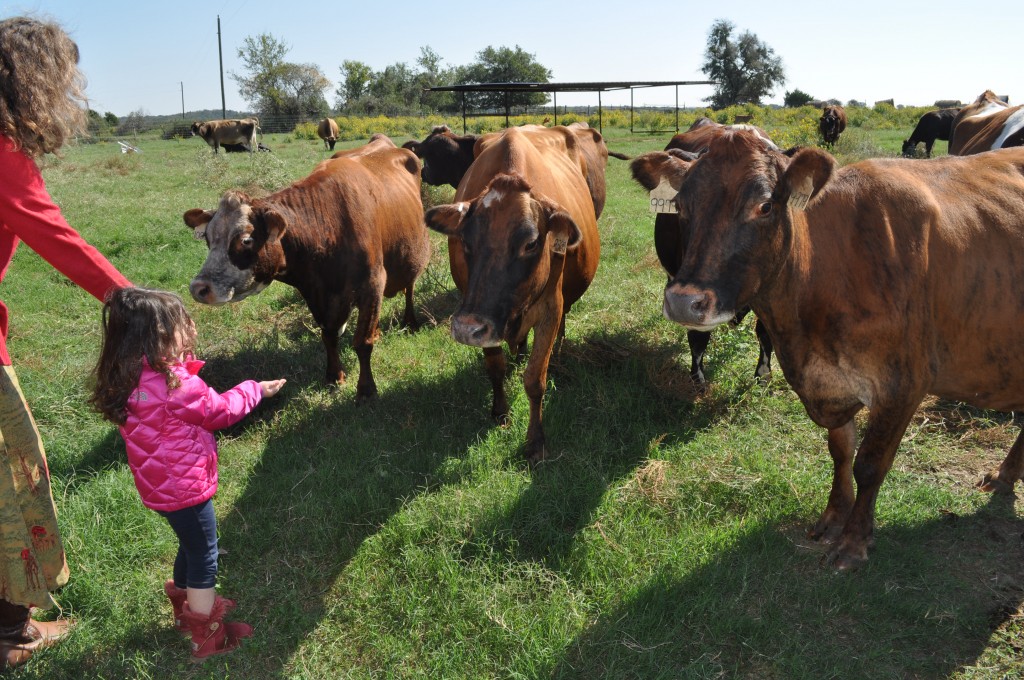
What food do you provide on your farm and how many families do you serve?
We serve 250+ families. We provide non-certified organic produce of all types, raw grass fed cow milk, yogurt, and kefir. Between our farm and a couple of other local friend farmers we provide grass fed beef, grass fed lamb, pastured/soy free chicken, eggs, turkey and pork. We have also made long-term relationships with other farmers that can grow things in their area, that we do not grow much or at all in Texas, that we provide to our family and farm members such as non-certified Grade B maple, certified organic dried blueberries, jams made with white grape juice and various types of salt.
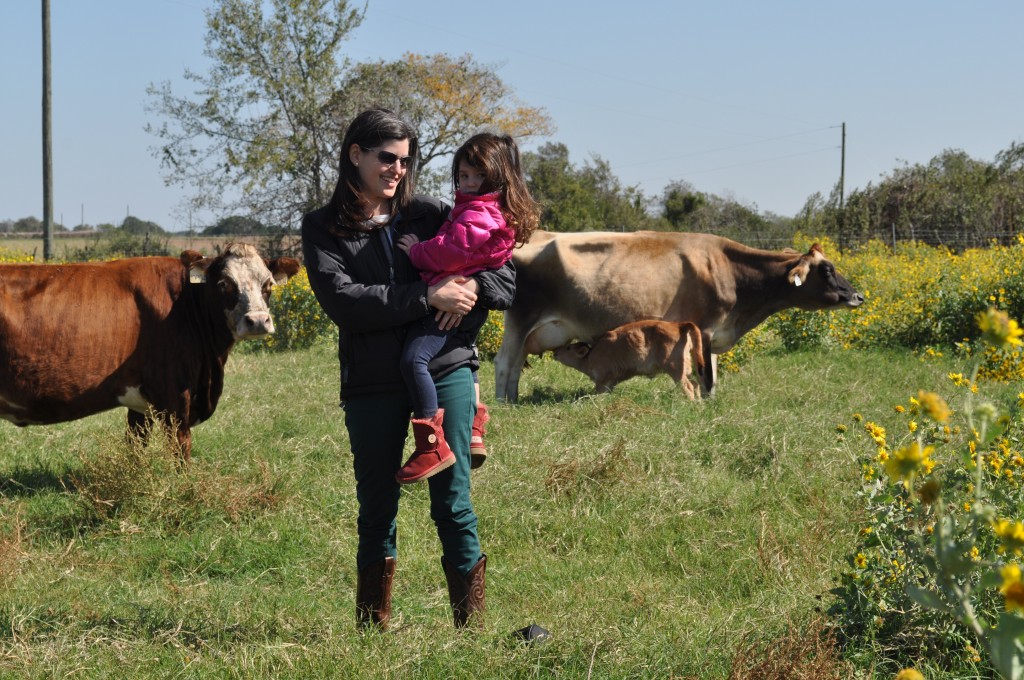
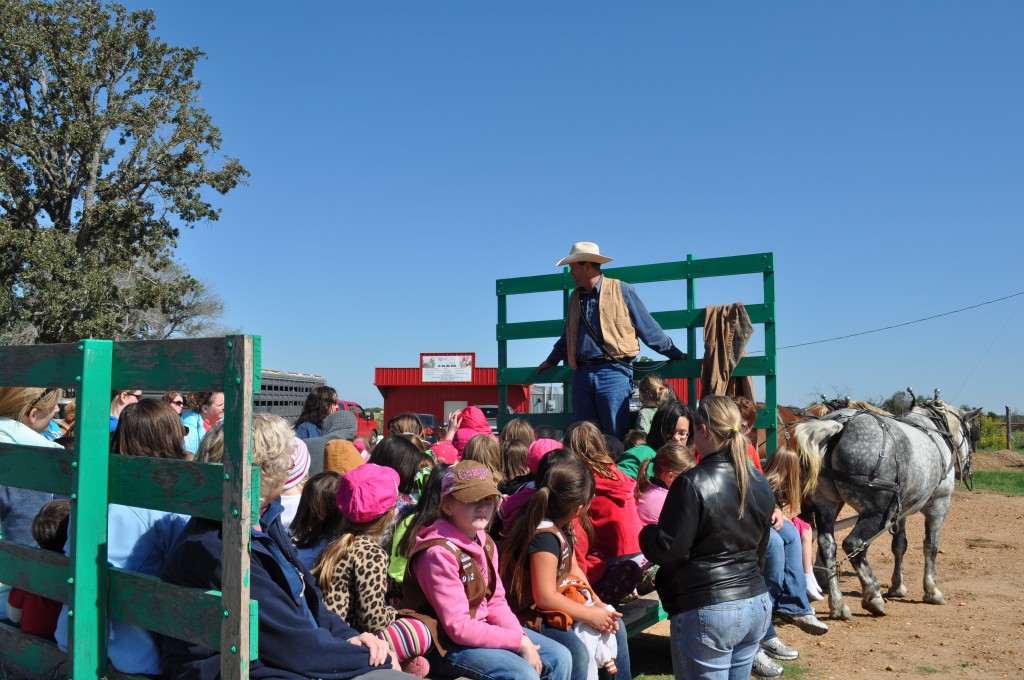
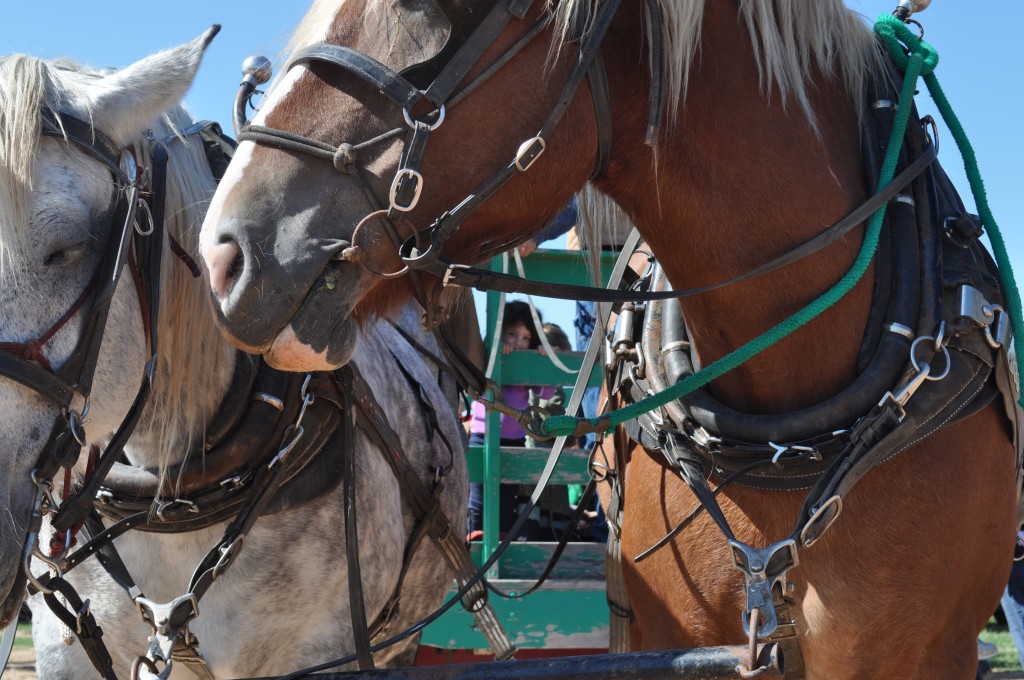
What is your biggest challenge?
Our biggest challenge is the managing the constant shifts necessary to work towards sustainability, the education of our customers to understand seasonal foods, and the need for more man power than just Ben and I can muster for the demands of a farm that feeds this many families.
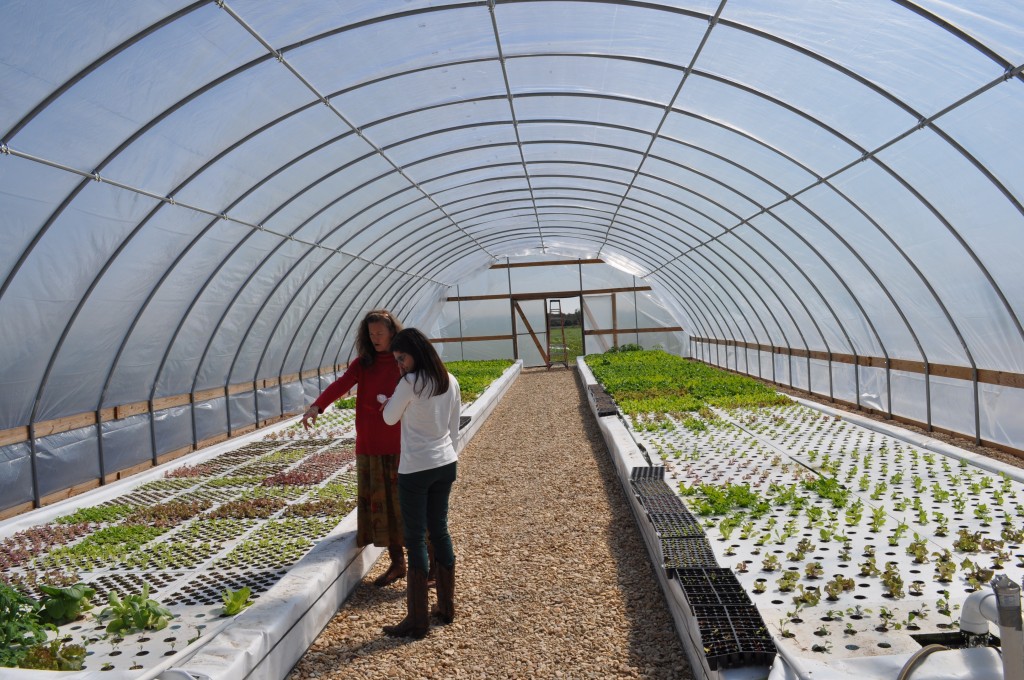
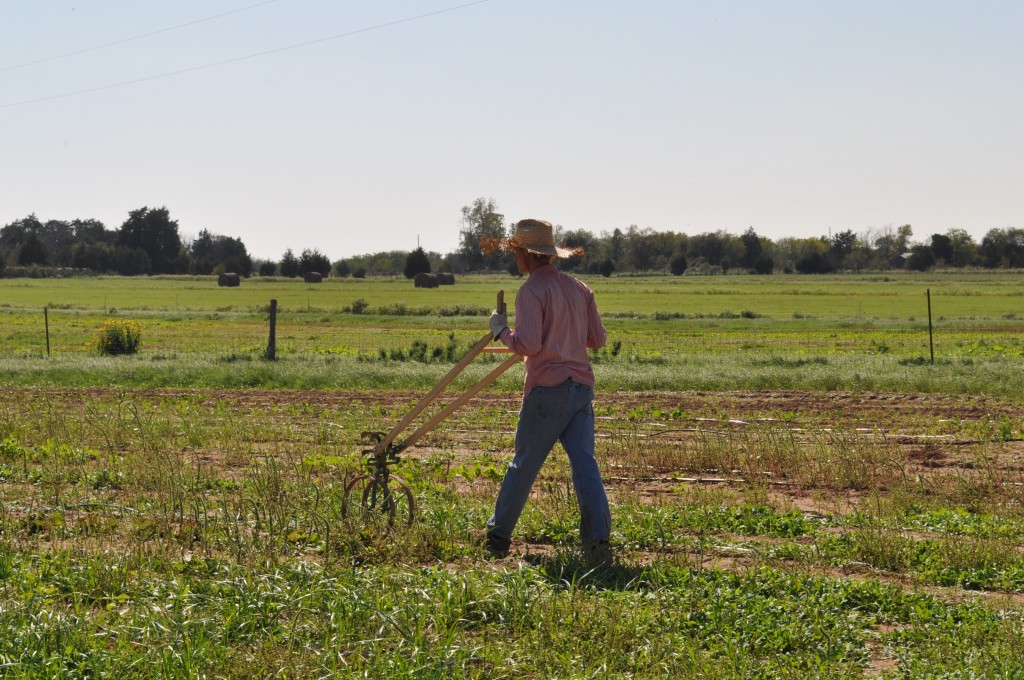
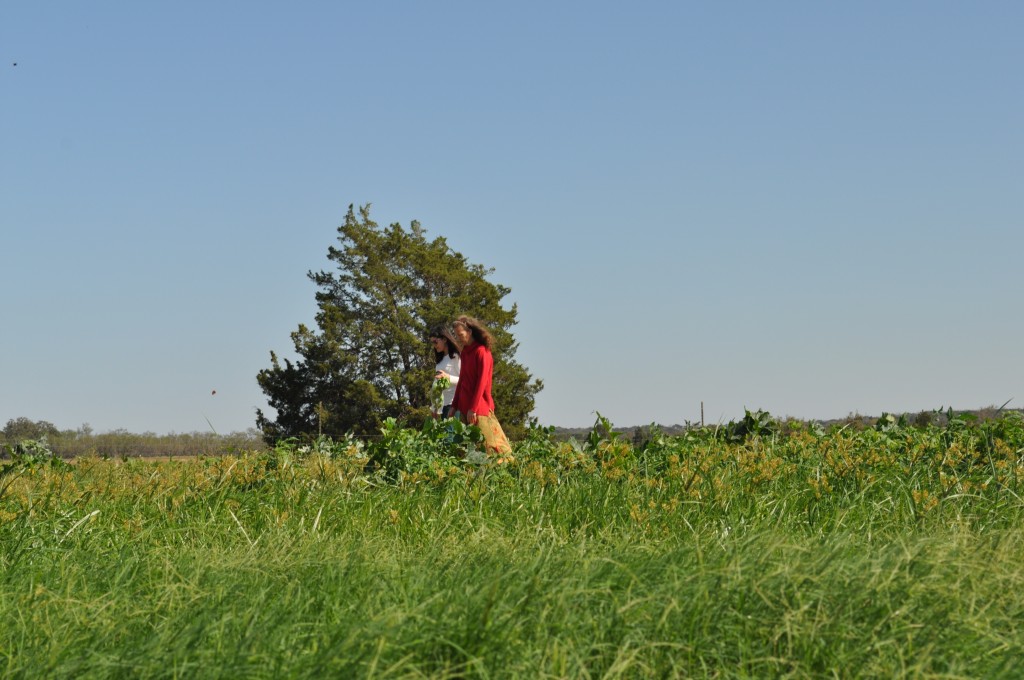
What advice can you give my readers on how to find a good source for raw milk and cheese? What questions should they ask of a farmer?
1. Do you EVER feed your ruminant animals (those with 4 stomachs, cow, goat, sheep) ANY grain? If the answer is yes, then look elsewhere.
2. Have you tested ALL of the milk cows for Bovine Leukemia and do you have a Leukemia free herd? We need to quantify here, if all of the adult animals have been tested and are free of the disease, then the offspring should be free of Leukemia also and do not need to be tested.
3. Is your dairy cow herd and bull A2/A2? If not, what percentage is A2/A2? Do you have plans to switch to A2/A2? What is your time frame?
4. Do you annually test for TB?
5. Do you annually test for Brucellosis or does the Texas Animal Commission come out at least 2 times per year to test your bulk milk tank? If the Texas Animal Commission does not come but one time per year or tests a small sampling of milk and the farmer does not test their all of their cows annually, we would not recommend buying their milk.
6. Do you have a license and is the state testing their milk for pathogens or is the dairy farmer testing their milk for pathogens at least once a quarter at a private lab?
7. Do you use hormones?
8. Do you test each quarter of each cow every 7-9 days to assure a low somatic cell count in the milk to keep any potentially infected milk out of the tank?
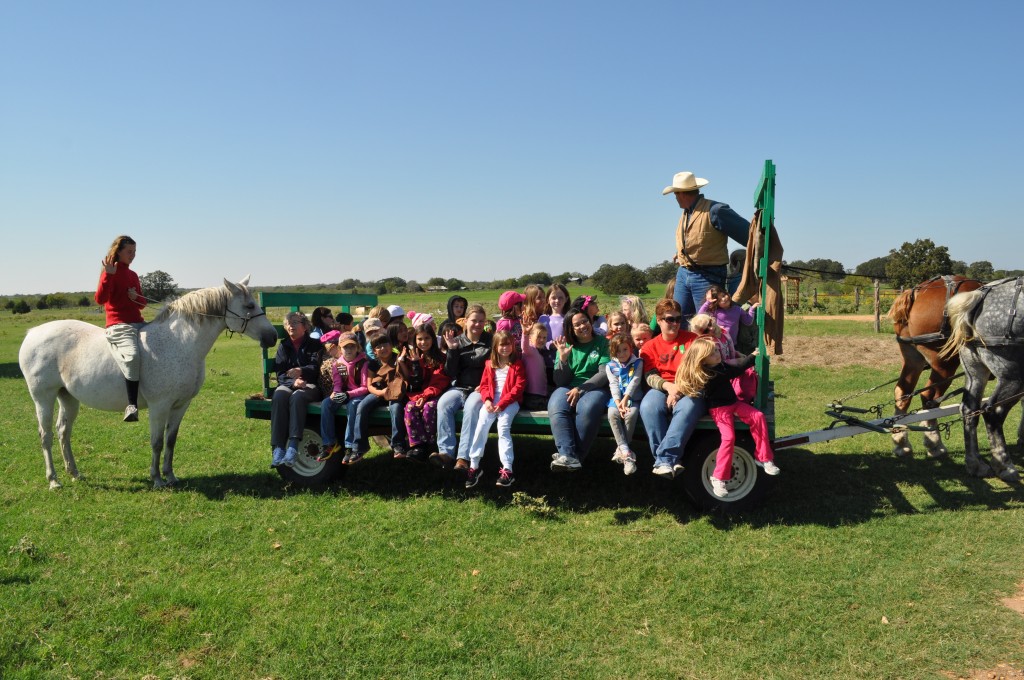
If you want to help a farmer, consider volunteering with a project or maybe see if your special skill set would be of benefit for a couple of days or a week. There are intern sites where you could list your help and available schedule. Or you might consider just a weekend on a local farmers farm during harvest season. Even if one of the spouses offers to help in the field and the other spouse offers to cook with the food on the farm to feed a group of hungry workers. Get involved, don’t treat a farm like a grocery store, have fun and participate! Sand Creek Farm is having a Farm Day on Dec 1 where you can visit the farm and get a farm tour.
Click here to find out more about how to access raw milk in your area.
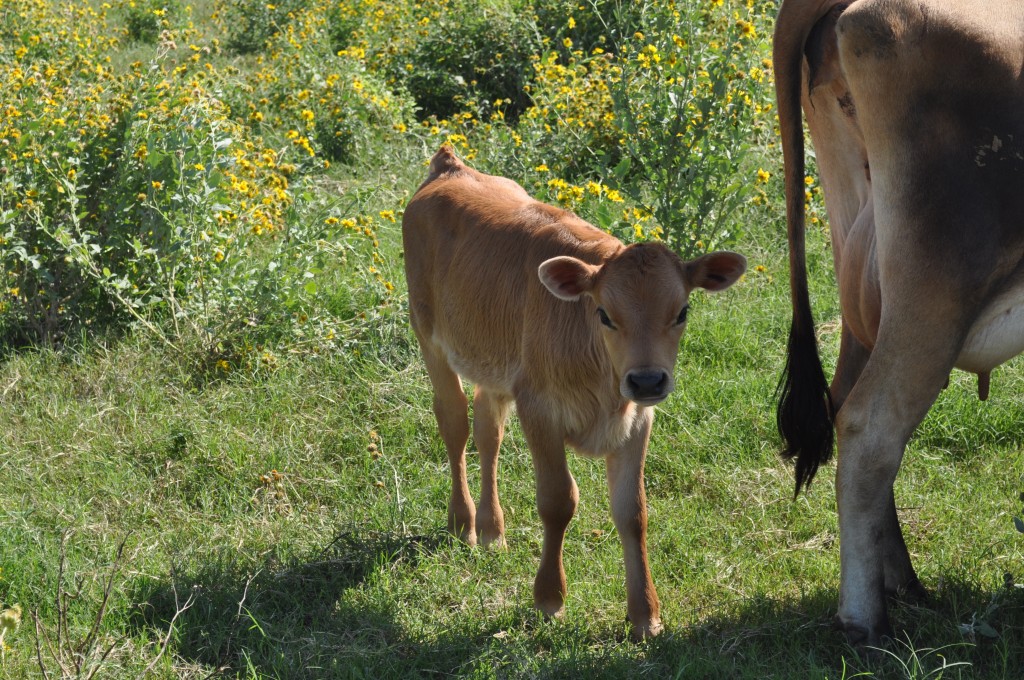
This post featured on Simple Lives Thursday, Fight Back Friday, Fat Tuesday

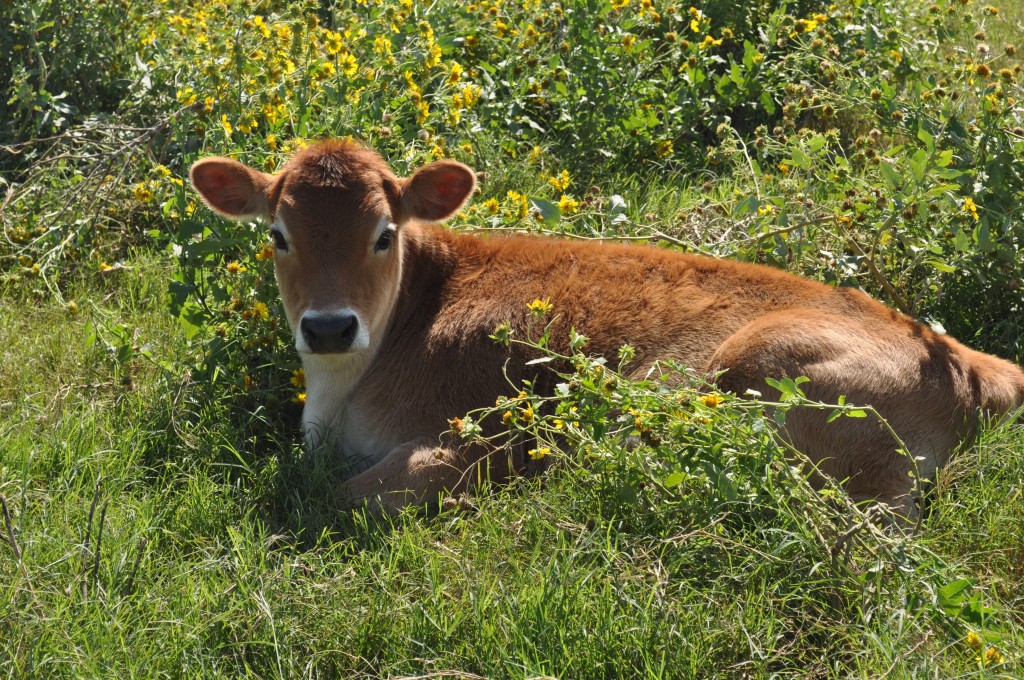
aww love the pictures of the baby calf 🙂 this is a good post to share with friends for sure!!
What are your thoughts on buying from a much smaller farmer? He has two acres and 1 cow. Do I still need to ask all these questions before buying?How much should I expect to pay for a gallon of rawmilk?
Thanks for the super informative post! I’m a huge fan of your blog.
Love this 🙂
Ooh, looks like so much fun!
I’m with you in spirit in this article, but I don’t think all of your questions are valid. Here is my reasoning:
1. Just because milk is produced from grain-free ruminants
doesn’t make it healthy. I would argue that there are some wonderful
pasture-based operations that supplement small amounts of grain in the process of developing healthy enough pastures to sustain lactating cattle on forage exclusively. On the other hand, I have first-hand experience of seeing a starving dairy operation that was going for “100% grass-fed.” The result was unhealthy, skinny cows. Starving cows will not produce good milk, and most pasture-land in America is not healthy enough to support dairy cows on its own. Not only that, but some breeds and lines are too large and too high-producing to be supported on grass alone, but many farmers cannot find or afford better cows for grass only. I think it depends on the specific operation whether it is appropriate to feed grain to dairy cows or not.
Few dairies are exclusively grass-fed, but insisting to otherwise uneducated consumers that if they can’t find a grass-fed dairy to move on may cause more harm than good. I’m not saying that people should just buy raw milk from any old dairy, and I would definitely not advocate buying milk from a conventional all-grain-fed dairy. But we cannot exclude the situation where a farmer is working toward less dependence on grains while building the fertility
of his pastures and improving the genetics of his cows, when he still produces a great and safe product using a small amount of grain in the interim. Perhaps the question should be rephrased to, “Do the cows have unlimited access to forage and hay, and if they are fed grain, does it make up less than ___% of the diet and not contain GMOs?”
2. Seeking out A2 milk is to rely on poor and incomplete science to identify a “good” thing. Read this presentation about it: http://windsordairy.com/casomorphine.html
This is just the way the farm where we get our raw milk does things. My point, however is more visionary. It is to start a dialogue with a prospective farmer. To ask questions of that potential source of food and evaluate the answers for yourself – there will always be tradeoffs which the farmer can then explain. The decision then lies with the consumer on whether that makes sense. Many of us are new to real food and haven’t been able to have this kind of healthy dialogue before. This open dialogue is what is important vs. just being dependent on marketing and second hand knowledge of specific farming practices. Thank you for your very insightful comment. This discussion is important!
Beautiful cows! Glad you have found a great farm.
I really appreciate Jerica’s well informed response. My husband and I run a small raw milk dairy and I agree that no grain is great, and perhaps A2 is best, but these are often unattainable (and unnecessary for many farms, especially those just starting out (younger than 10 years).
I understand this is the opinion of the farmer, but many consumers march up to farmers and demand a purely grass fed animal and have no idea why this is important (or in some cases unattainable). It’s very important that raw milk consumers are educated and sometimes a list with little explanation doesn’t help that.